TruthVid's 100 Proofs that the Israelites were White, Part 46: 58, The Paths of Dan; 59, The Israelite Phoenicians

TruthVid's 100 Proofs that the Israelites were White, Part 46
Here we shall continue our explanation of how many of the blessings of Jacob and Moses upon the twelve tribes of Israel had evidently been fulfilled in the history of the development of European culture and civilization. So far we have presented a review of the outcomes of the blessings of Judah and Levi, and now we shall move on to discuss the blessings bestowed upon the tribe of Dan, and then of some of the other northern tribes of Israel, those which can be associated with the Phoenicians. Because the false claims of the Jews to be Israelites has generally been accepted for many centuries, and the false perception that Canaan was always a land of dark-skinned arabs, there is much confusion in modern academia concerning the identity of both Danaans and Phoenicians.


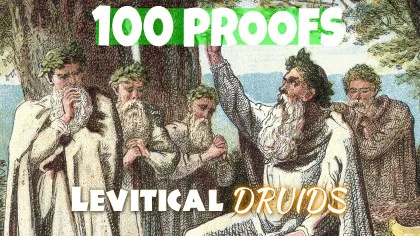

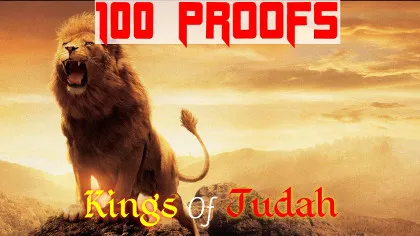


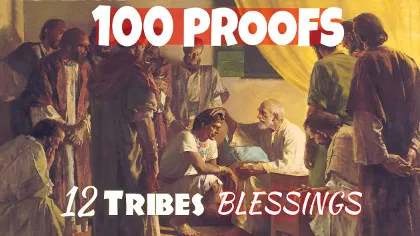
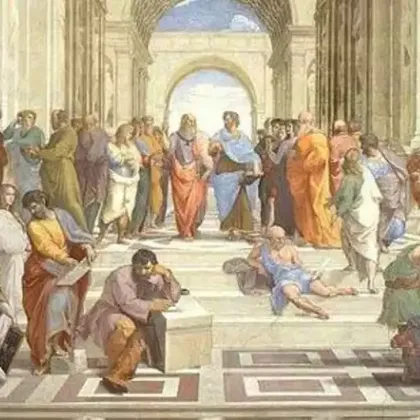
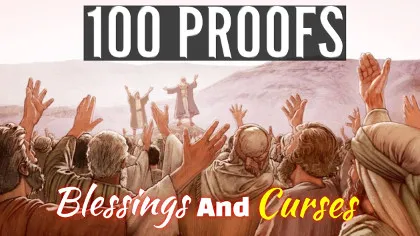
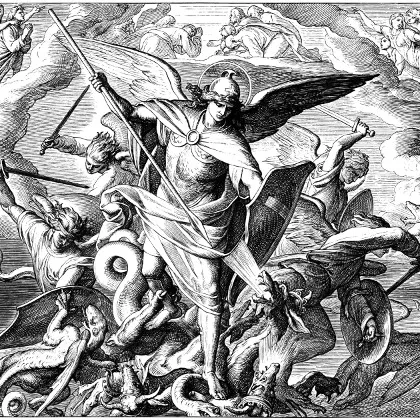




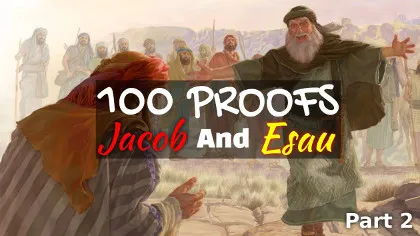

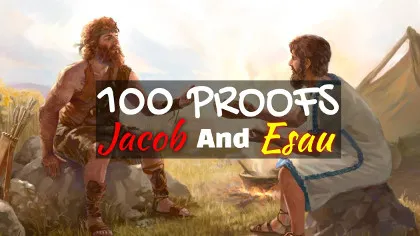
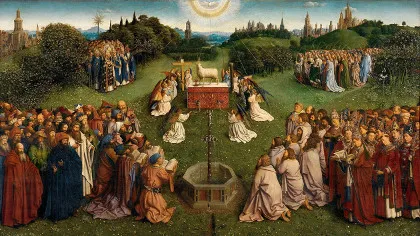

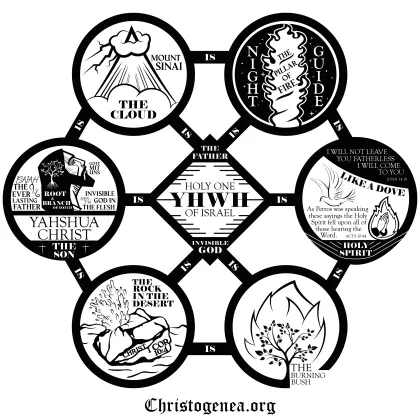




 Please click here for our mailing list sign-up page.
Please click here for our mailing list sign-up page.







